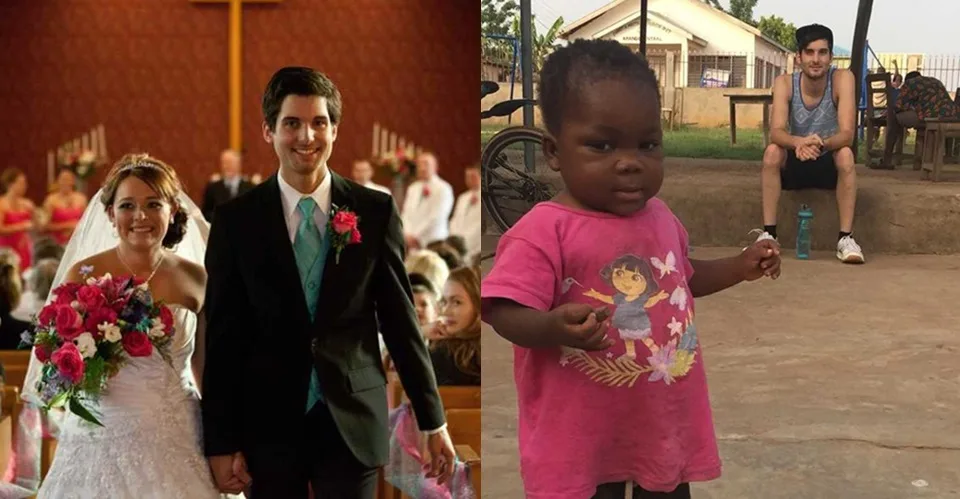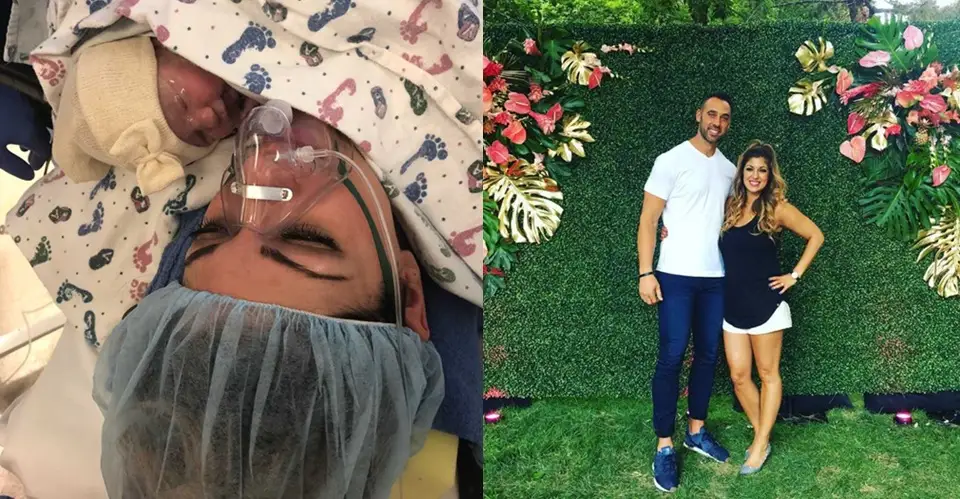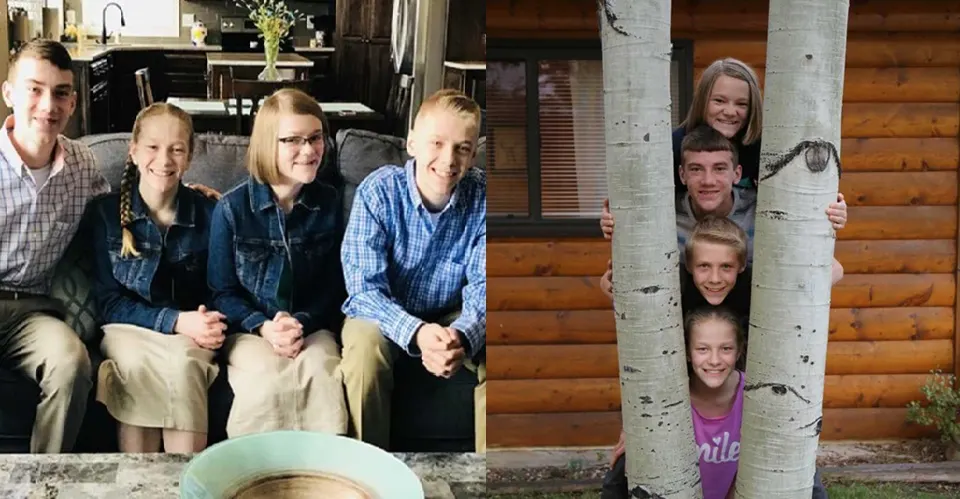She asked God for a house full of children, and He answered by filling it in a way she never expected, turning one broken plan into a beautiful, bigger family. She always pictured herself as a mother. As a kid, she doted on baby dolls longer than most and, after watching “Cheaper by the Dozen,” dreamed of a bustling house. In 2009, she met J.J. at a summer wedding, with dark eyes and an easy smile, the groom’s best friend, and the two fell fast. Weekends blurred into long drives and late talks. By spring, he proposed on a candlelit dock in a tux with red roses. They married the next June under a flawless sky, honeymooned in Jamaica, and, six weeks later, two pink lines changed everything.
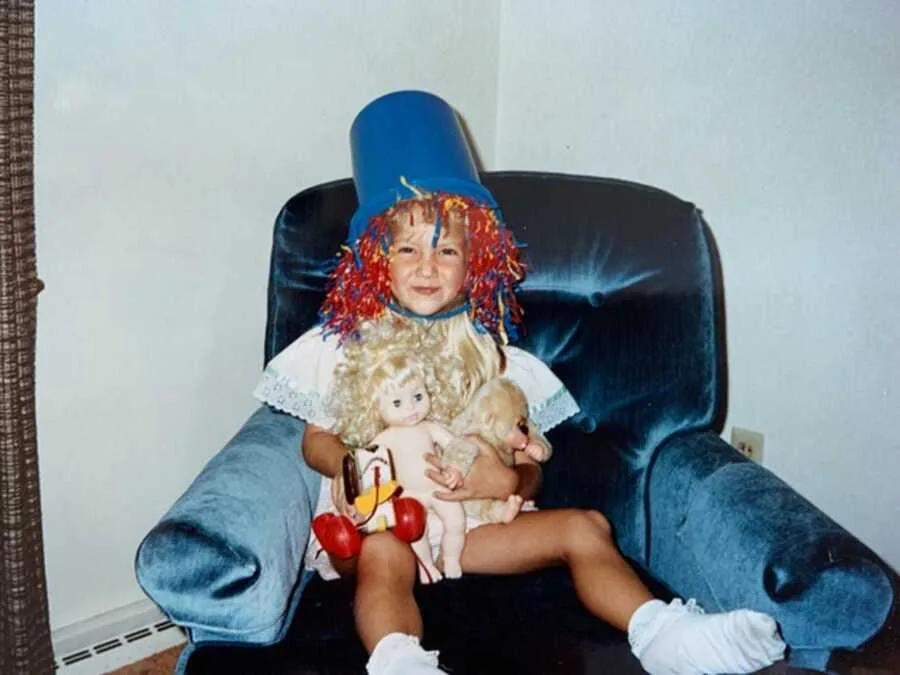
It wasn’t planned, but it felt perfect: they were young, in love, and running headlong into life. Pregnancy was smooth and straightforward. On her due date, their daughter arrived: healthy, 7 pounds 12 ounces, long and perfect. She had prayed for a little girl, maybe with her dad’s curls, and even though those curls took a couple of years to show up, they eventually did. Life felt tidy and bright, and they were busy making plans, not thinking much about God’s.
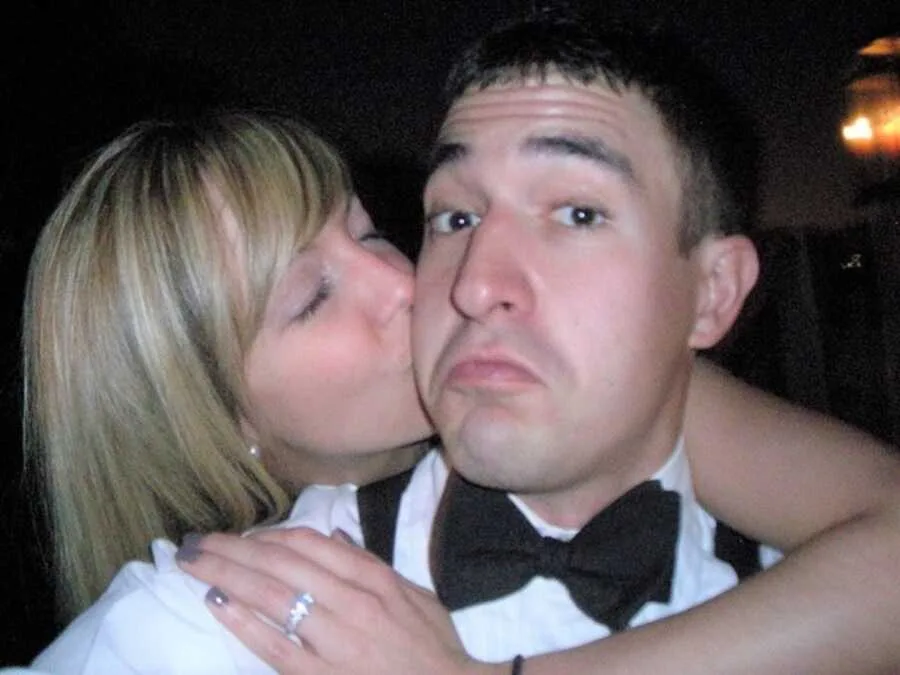
Four days after coming home, the first cracks appeared. She felt sore from head to toe, brushed it off as usual, and tried to settle into a routine. That night, the pain sharpened; chills shook her body. By morning, she could barely stand. Doctors suspected a simple infection at the hospital, but everything quickly spiraled. Her organs began to fail. She developed pneumonia, kidney and bladder infections, and septic shock. Tubes, masks, a PICC line, no baby in her arms, just machines. It turned out she had contracted Group A Strep, and it was tearing through her.

Antibiotics helped, but high fevers lingered. A new scan pushed doctors to gather at her door. An oncologic surgeon sat by her bed and explained what he feared: the infection might be attacking her uterus. He would try to save it, but he might have to remove it to save her life. During surgery, they drained infected fluid, washed her abdominal organs, and, because necrotizing infection had taken hold, performed a hysterectomy. Two weeks after becoming a mother, at 26, she woke with 27 staples and a new reality alive, but unable to carry another child.
Her body began to mend, but her heart staggered. Six months later, she was diagnosed with PTSD and started counseling. She read about postpartum sepsis and Group A Strep and found case after case ending with a mother’s death. She asked hard questions: Why did she get sick? Why did she live? If God spared her, what for? They tried to grow their family through IVF with a gestational surrogate.
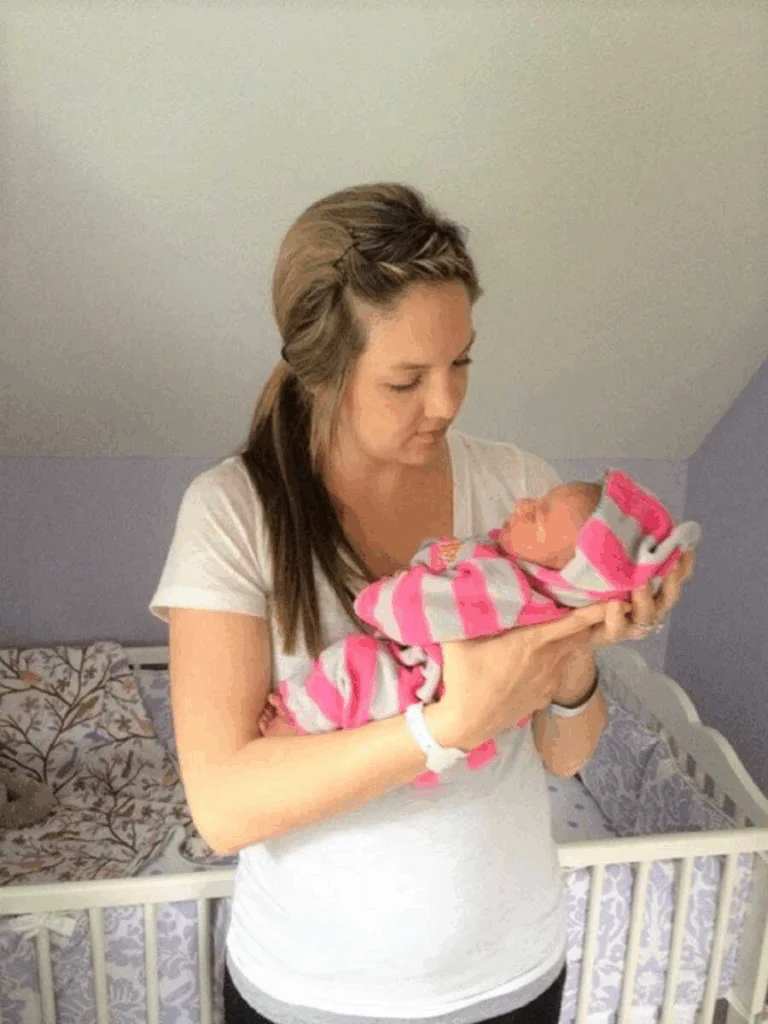
Two transfers, three tiny lives loved and lost. At 29, she had more babies in heaven than on earth. The fairy tale she had imagined felt far away. Doubt and grief pressed in, but so did something else: faith she hadn’t leaned on. She realized she had a choice: to keep trusting God or turn away. Driving to work between failed attempts one morning, she prayed, “I am yours. I want your will. If this doesn’t work, you are still good, and I will praise you.”
Four days after the second failed transfer, a sermon asked if they would reconsider the mission and direction of their lives. Something new took root. On the Thanksgiving drive to see family, she and J.J. talked about foster care for the first time. Within a year, they were licensed. Over the next seven years, their home became a harbor for children who needed one.
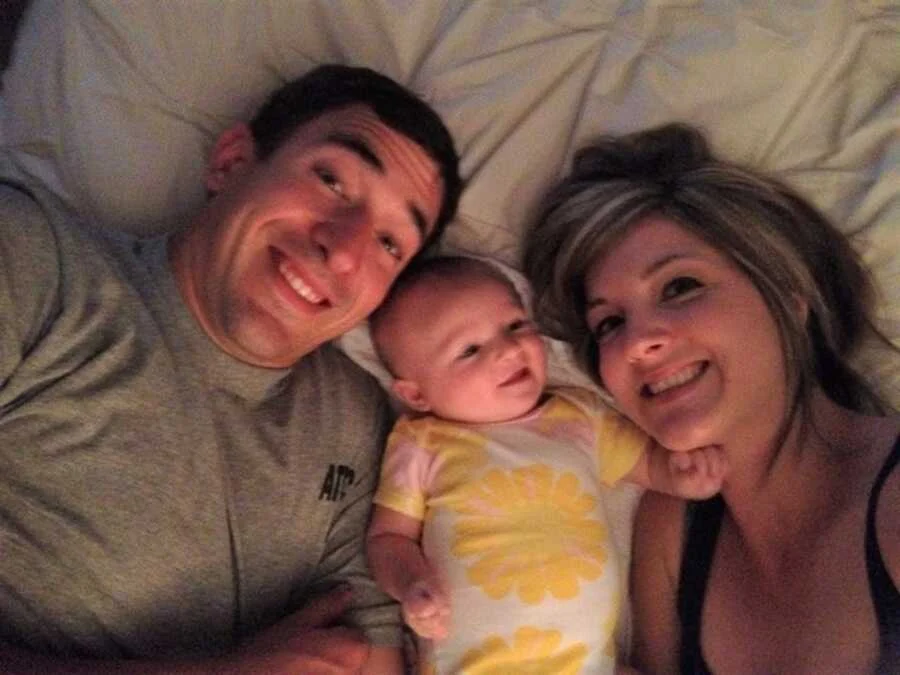
They welcomed nine long-term placements, many respite kids, and built gentle bridges with biological families. They adopted two sweet brothers. Their definition of “family” stretched and warmed in ways they never could have planned. The scar on her belly became a marker of mercy, a reminder that she was still here, that her story had widened. Suffering had not only drawn her and J.J. closer to God. Still, it had led them to their sons and to a life of everyday, ordinary love that looks like Jesus: diapers and dinners, court dates and caseworkers, bedtime stories and goodbyes.
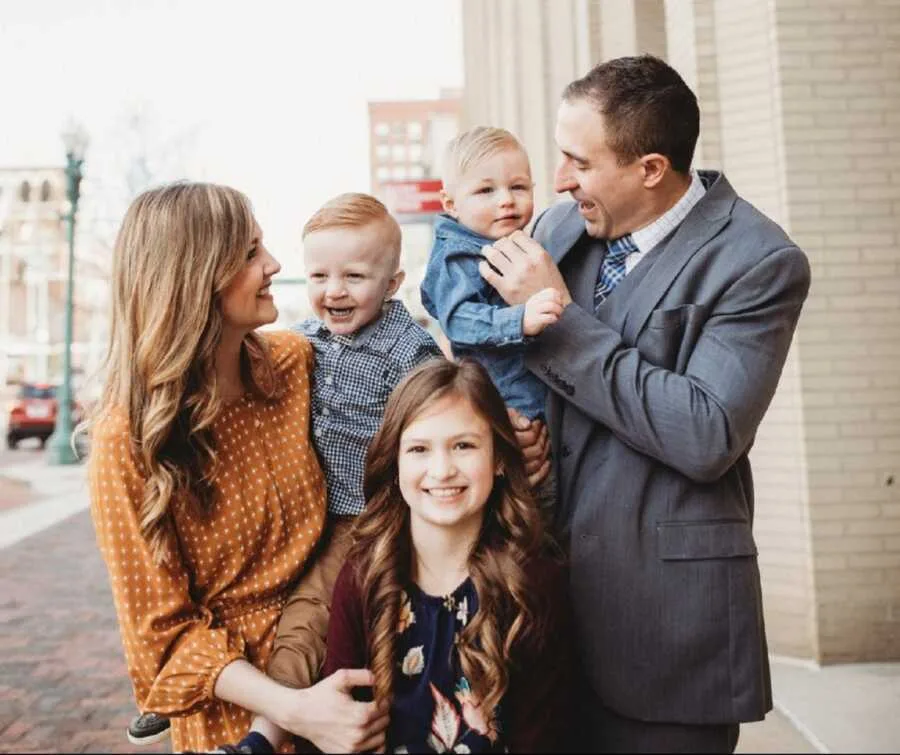
They have three forever kiddos, 10, 5, and 3, and are caring for a 15-month-old. They waved off a 3-month-old to a relative’s home with tears and hope. Some children have stayed five weeks. Some have stayed forever. They support moms fighting to reunify, grandparents stepping in, and parents working to keep babies out of care. They don’t know how many more little ones will cross their threshold, only that they’ll welcome each child and each family with open arms and steady hearts, trusting the Author who keeps rewriting their “fairy tale” into something truer.
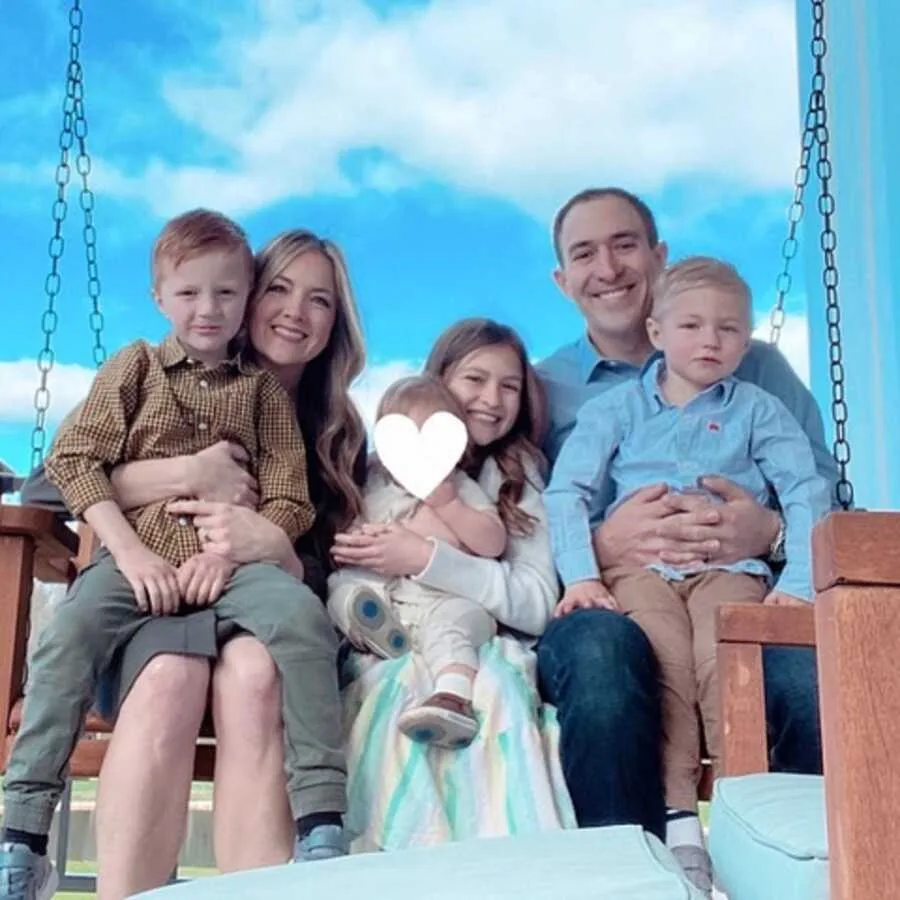
She once believed motherhood would look only one way. Now she sees it in every lunch packed, every driveway chalk drawing, every courtroom adoption photo, every hard goodbye. Her life didn’t shrink when her plans broke; it grew.


